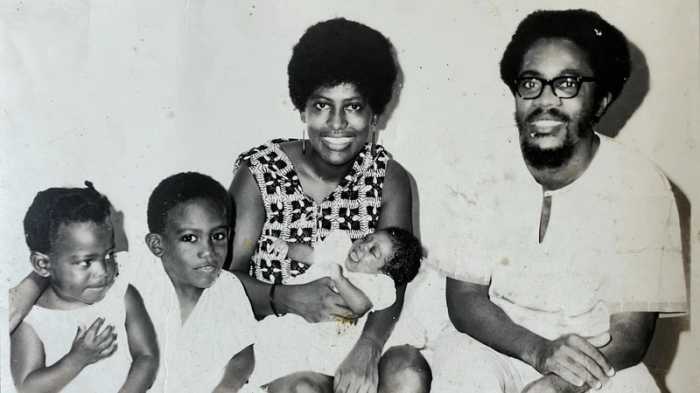Many younger and middle aged women are less likely than men to get immediate treatment when having a heart attack, a new study reveals. The study also shows these women have a higher rate than men of in-hospital death from a heart attack.
Both the delay in treatment and poorer survival outcomes are, in-part, because fewer women experience the telltale symptoms of chest pains during a heart attack, according to the study.
The study, which was published in The Journal of the American Medical Association, was conducted by the Watson Clinic of the Lakeland Florida Regional Medical Center. It examined data of over a million people from a national registry. The study sought to determine whether a man or woman’s age is associated with symptoms of a heart attack as well as the risk of dying from one.
The results show that chest pain is in-fact the most common heart attack symptom for men and women. However, the proportion of younger and middle aged women having heart attacks without experiencing chest pain was significantly higher than it was for men. Just over four out of 10 women admitted to hospitals for heart attack never had chest pain. By comparison, three out of 10 men had no chest pain.
“Women were more likely than men to present with a-typical symptoms following a heart attack, that is the absence of chest discomfort but it was most pronounced in the younger age group less than 55.” said John G. Canto, M.D., M.S.P.H., author of the study.
One takeaway from the study is that it is common to have a heart attack without the classic symptoms of chest pain.
The study revealed other alarming results about women who had no chest pain with a heart attack however. Among younger and middle aged women, the risk of dying appears to be two to three times higher than for men of their age who experienced chest pain with a heart attack.
The researchers think that one reason for this is that a lack of chest pain can delay recognition of a heart attack both before and after entering the hospital. If there are no obvious symptoms, both the patient and those providing treatment may not immediately recognize it as being a heart attack. The resulting delay in treatment may then account for some of the higher mortality among women in the study.
Dr. Canto speculated that there may also be biological differences between the sexes that effect heart attack mortality such as the effects of hormones on blood vessels and how, for women, the arteries in the heart are altered by plaque.
Also, because women on average develop heart disease about ten years later than men, a heart attack for these women may be the result of a long simmering cardiovascular condition.
Dr. Canto cautioned, however, that chest pain is still the hallmark symptom of a heart attack. Although patients can experience other symptoms including, jaw, back, shoulder and even stomach discomfort, or they may have no pain at all.
Recognition and timely treatment for a heart attack is, of course, critical.
“If a patient is more likely to delay, a patient is less likely to be diagnosed promptly and receive life saving treatment.” said Dr. Canto.
Courtesy Health Living News






















